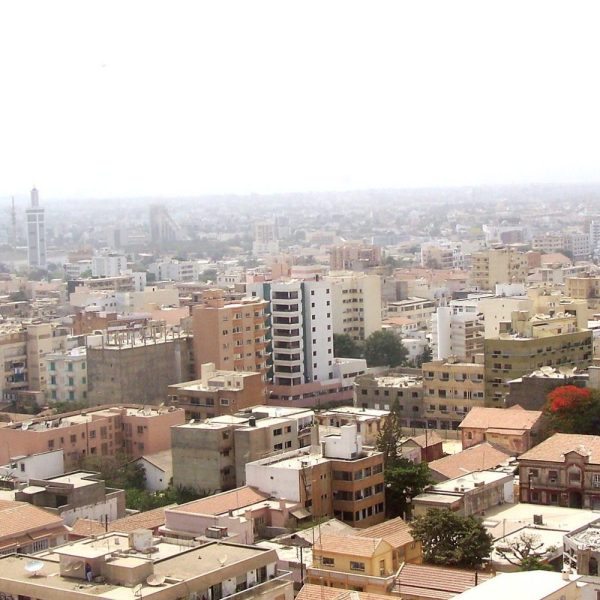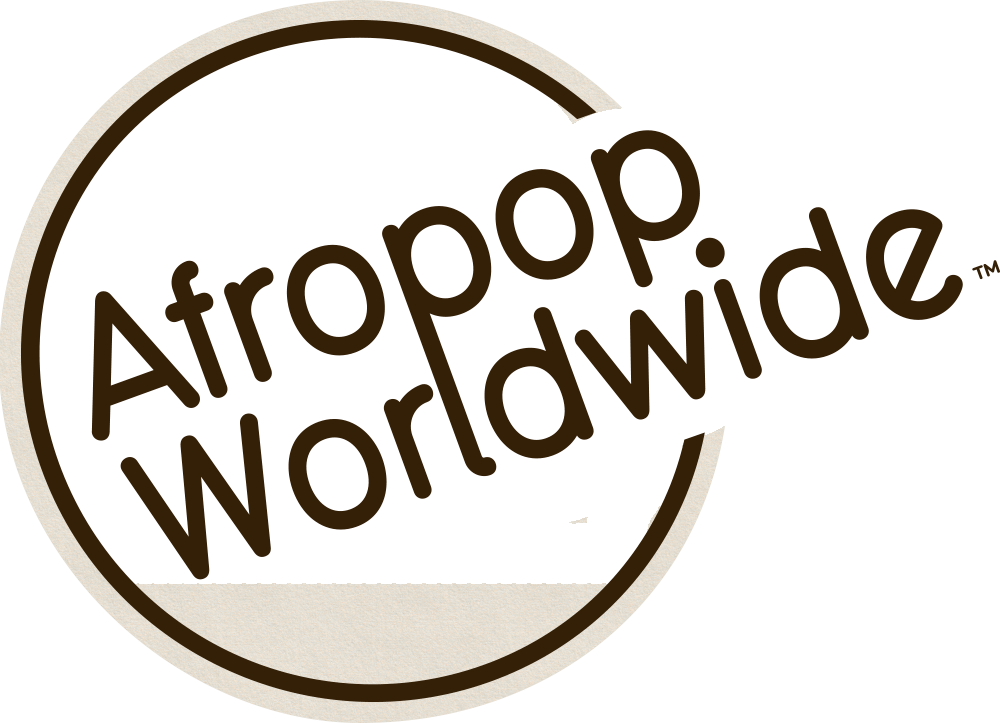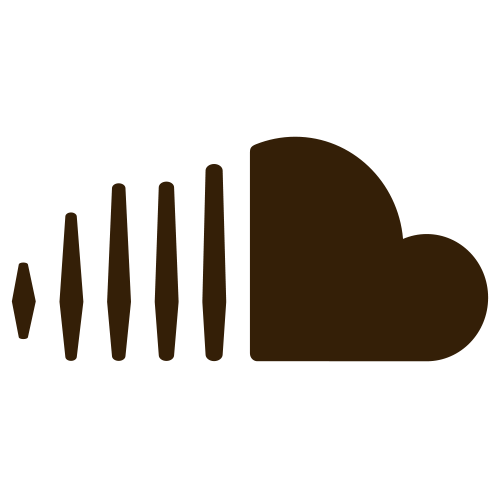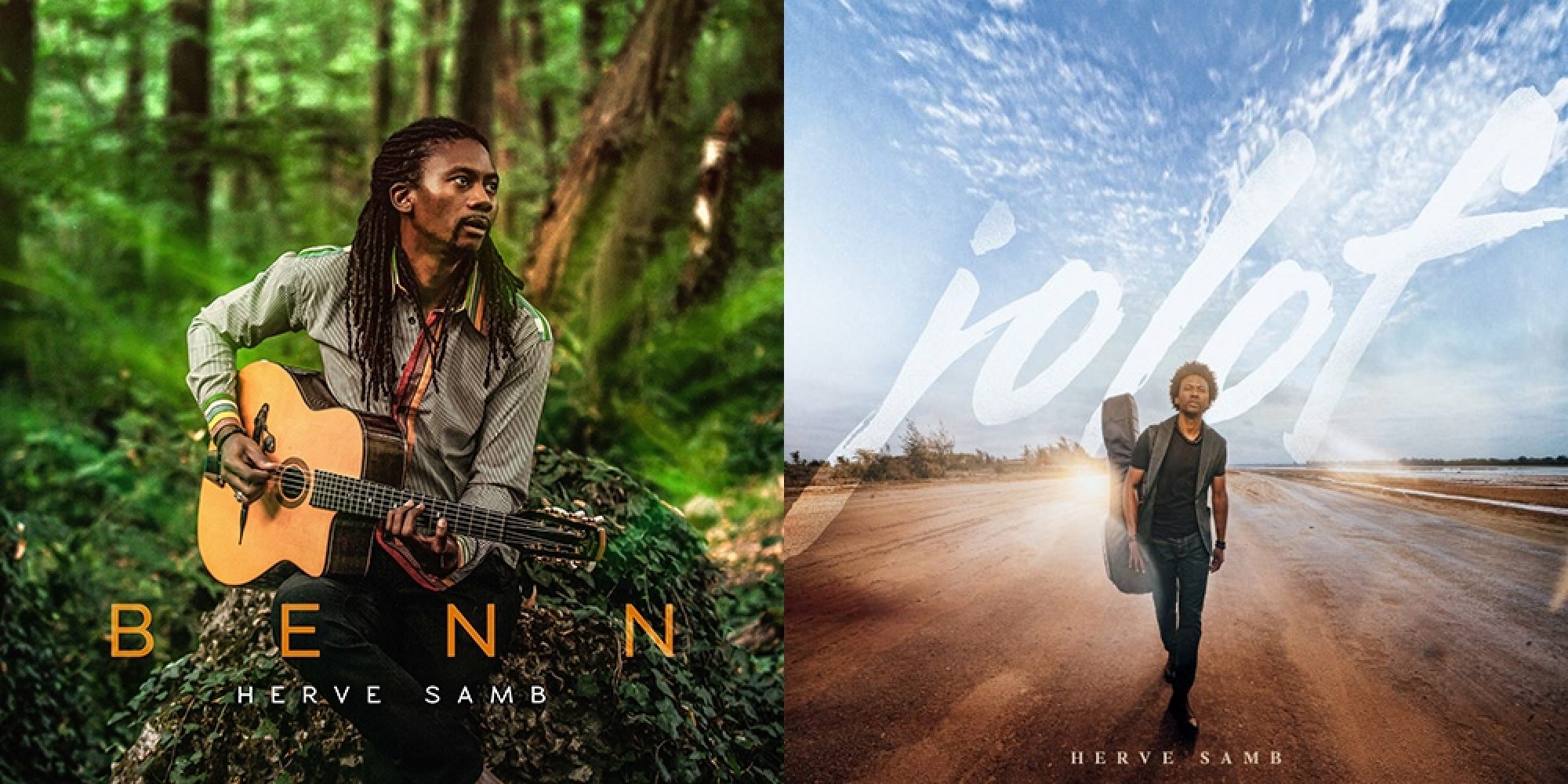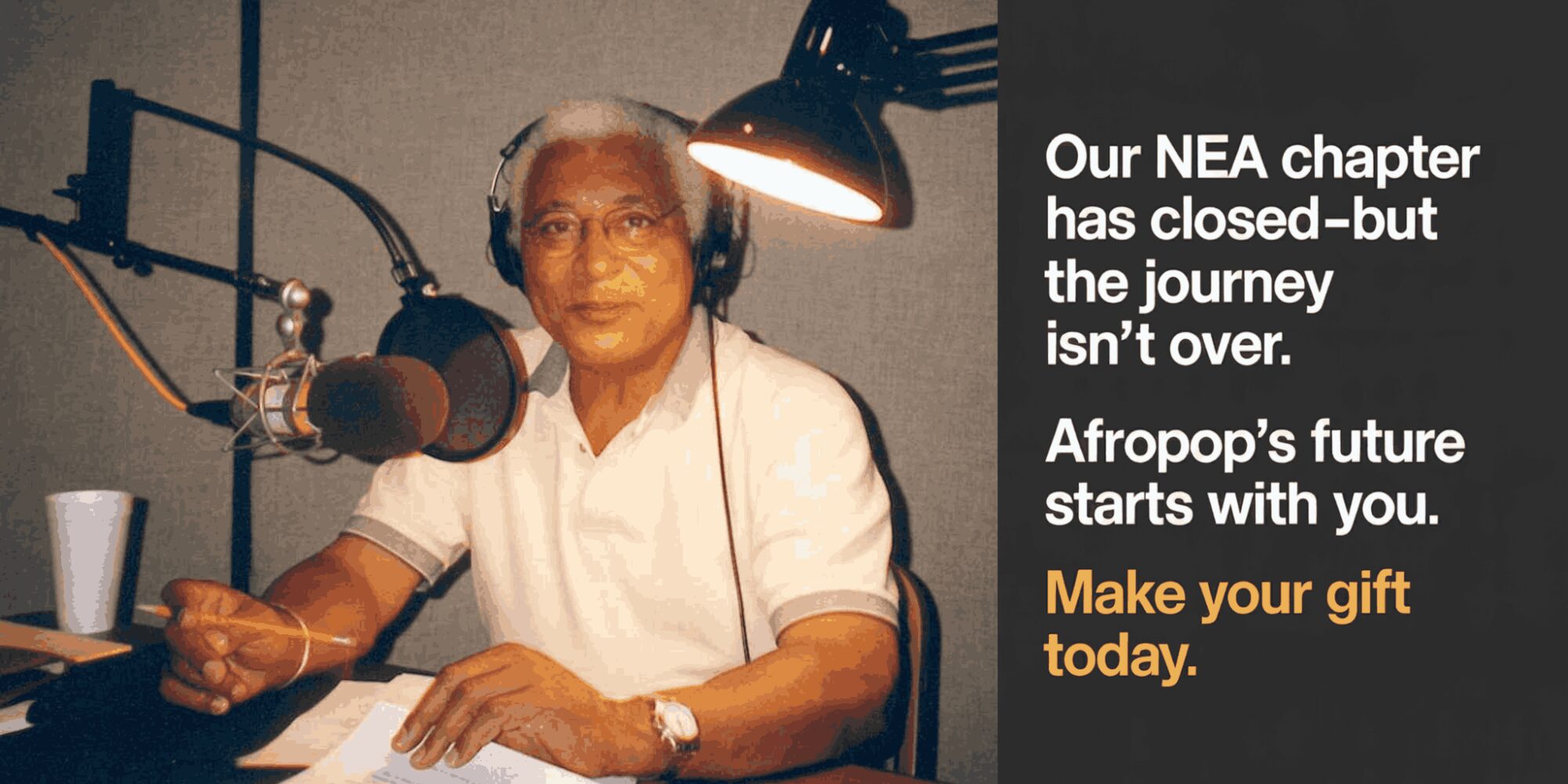In Part I of the interview with Senegalese guitarist extraordinaire Hervé Samb, we discussed his various session and touring gigs. At this point in our conversation, we turned to discussing his solo recordings, but especially on something he calls “jazz sabar,” which he describes as a mix of Senegalese rhythms, jazz, blues and whatever else he's absorbed over the years. We also look at his work as musical director with Somi, the American singer of Ugandan and Rwandan descent. Finally, we found time to also discuss some of his latest collaborations where he continues to expand his musical vocabulary.
The following has been edited for both clarity and length.
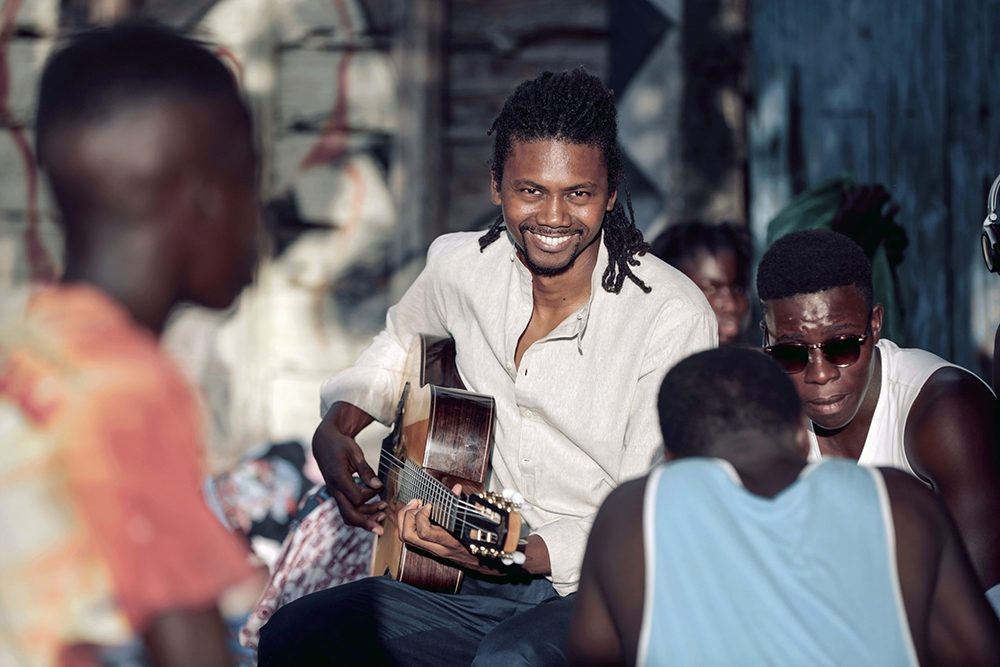
RON DEUTSCH: Listening over to your albums, there's definitely a progression going on. But let's start with Cross Over, your first solo album (released in 2009). I felt like this album was kind of a show reel, demonstrating all the different styles you play, sort of like a calling card to let people looking for a guitar player to know what you can offer.
HERVÉ SAMB: Cross Over it's for me I consider it like a first and last album of a career. It's like a first album where, like you said, I put in a lot of stuff. I named it Cross Over because it was the perfect term for what I was doing, making crossovers doing this and doing that. I remember I used to say I wanted to do an album where, if someone listens to it, he will find like one song to like. That was my goal for the album. And then afterwards I had this guy calling me say, “I like the number six!” or “I liked the number seven!” And then I hated my goal. I said, “Oh man, that wasn't a good idea. I think next time I'm gonna try to make sure that people love the whole album because this is too much.”
I think Kharit (2011) is probably my personal favorite, which you did with Daniel Moreno.
Oh, Daniel. Actually I met him that first time I spent time in New York. I had never been to New York for longer than 24 hours. So I said to this guy who was the bass player of David Murray, I'd like to come and stay at least two weeks just to see, you know. It's like a fantasy. New York. To take it all in. So I came and stayed two days at his place, but he was living too far out. I needed to go and check out bands and jams, and literally the first jam session place I went to was organized by Daniel Moreno.
Then I met one of my cousins who used to live in New York, and we actually just bumped into each other. I didn't have his contact. So then I moved to his place. Now my cousin used to hang with a lot of musicians, like I met this guy from Congo, the drummer of Manu Dibango, “Jojo” Kuo who also lived there. Everybody was there hanging. I met so many musicians that and already I now had a gig the next day at the old Zinc Bar.
I loved that place.
So yeah, I wake up early, go to the rehearsal and we are learning the songs, and all of a sudden, what happened? I met this young girl, an amazing singer, Somi. And Somi says, “Yo, I have a gig at the Blue Note in November. Can you come back?” So that's New York for me. The first time I
put down my feet I have sessions, two concerts, everything. It was amazing.
Then this, of course, is the beginning of our story with Daniel. It happened that he got introduced to African music and he was very close friend to Cheick Tidiane Seck [Malian musician and producer]. And Daniel used to come some time to Paris and play with us. So we became quite close. And then I was now musical director for Somi. I was working with her from that first night in 2003. I started to come to New York every two or three months. She was not that well known then, but she would always manage to make me come. She didn't need to house me because I had my cousin's place there. And then we started playing at Joe's Pub or the Blue Note, and to do some tours.
So I called Daniel to play with me and Somi. And then he did a couple tours with us -- Africa, everywhere. And then I wanted to make my next record after Cross Over. I was calling some guys in New York and some guys were kind of like snubbing me, not answering my calls. And I was staying at Daniel's place. And he was just listening to me say how I was just looking for something to do, you know? And Daniel was like, “Man, I got this producer. He wants to record something with me, but I don't know what to do with it because the studio is too small. I want something bigger because I want to do live stuff. I don't like these small studios.” So we went together to just check out this guy, producer 'Joe' Claussell.” We arrived and I'm looking at the studio, and then look at Daniel and I say, “Maybe we can do a duet thing.” And Joe was like, “Yeah, we can do a duet thing.” And Daniel was like, “Okay.” So in three days we recorded it in the studio. And then I came back to Paris with a record. And Daniel, he did all the art stuff. The cover is of his daughter.
I want to propose something....
Yeah, propose....
I was going through all your albums again this morning and it feels to me like with Cross Over (2008), Time to Feel(2013), Teranga (2017) you are trying to do something, to show something, trying to figure out what you're eventually calling “jazz sabar.” But then on Kharit (2011), Benn (2021), and now Jolof (2023), there's a relaxed vibe, like you're just playing music and having a good time. Does that click at all for you?
Yeah. Benn was something very, very interesting, because it was composed during the pandemic. And, I was very in the strong spiritual state and so I decided to really take this approach. The songs on Benn are just there. I mean, it's not, there's no fancy stuff. It's trying to stick to the emotion there.
And actually, for Time to Feel, I wanted to show I can make a jazz record. You kind of have that feeling, like you said, of trying to do something, but still have this very emotional state because it was recorded when my mother was passing away. So that moment was also very powerful. That's when I wrote this song for my mother, “Sama Yaye,” in two or three days before I had to go to the studio. We only did two takes and that's take two that you hear.
Now the Teranga album was where I'm coming up with something, but I don't know where it's going to take me. You have three parts to the album – compositions, jazz standards and traditional sounds music. And I don't know how what to decide what to do, like you first asked. It was like how can I introduce “jazz sabar?” Can I use a jazz standard? No, I cannot do it. Can I use traditional music? But then it's going to be too much world music. Can I use compositions? So I wound up doing all three of them.
And then Jolof just feels like there's no experimenting of all these things. It's sort of like you've got it worked out with this “jazz sabar,” and you're just playing. There's jazz, there's African, there's all the influences and everything is there, but it just feels very natural.
As you know, I was playing for many years with this blues band in Chicago. And there, people thought I was American. And when I played in the jazz bands people thought I was like a jazz guy, and with African bands, the same thing. And so it was the fact that I couldn't really figure out who I am at the end of the day that's why I came up with this “jazz sabar.” I kind of stopped the borders between the different types of music and just came up with a style, and the music explains to people how the styles work together. So maybe I'm going to add a little bit more blues, or you know, but mostly I'm adding a little bit of me, a little bit of who I am.
It was a long process for me before I got to this “jazz sabar” thing. It was a long process. I had to put out, I think, two or three records, with a lot of collaboration until I said, “Well, why am I doing this? Am I entitled to this?” Because in the beginning, I was supposed be having a blues career. And then all of a sudden, I'm in the jazz. I'm going to New York a lot and playing jazz music. And then now, “Well, what should I do?” And every time I was trying to do this mixture, of course, because it was in me, it was natural. And I was always trying. There was no word to describe it. It's like, “Oh, it's a jazz mixed with a little bit of this, a little bit of that, you know?” And at the end, it was like, I have to choose to decide how I want people to see me and then this “jazz sabar” came like something very natural. And it changed the way I play actually. I really had to study again my roots to be able to develop it, and also to find a voice.
So where are you today? I mean, are you primarily focused on doing your own thing now? Or are you still recording and touring with other people?
I kind of decided before Benn and Jolof to stop playing with everybody, but afterwards I felt like maybe I can maybe do some collaborations with different projects, different musicians. I'm trying to be more open. So I am playing with instruments that I don't usually play with. Like I have this collaboration with this French and Canadian accordion and violins and we just put out a record.
Then I have done another project, this one with a Danish violinist Line Kruse. She's an amazing composer.
Wow… Yet again, you are exploring some completely different directions.
And then also something that I don't talk a lot about a lot, I decided also to write music for films. I think also I want to discover one of my dreams to write an opera, an African opera. I think it just comes down to a love of creativity. I think if I analyze it, now I'm 46, and there's always been part of me that was running away from being only this or only that.
Maybe I wish sometimes it's not really cool to keep doing different things for the people that are following me or people from the business telling me this. But some people say, “Hey, actually the people that follow you, they like you because you always coming up with something different.” I like to leave the door open to any kind of thing. Right now, I'm about to record my next album. And it's funny because I have already again three directions to choose from. So once again, what should I do? And then I'm like, Yeah, I'm just gonna do them all.”
Good luck. This was a real pleasure.
Thank you. It was great.
Related Audio Programs
